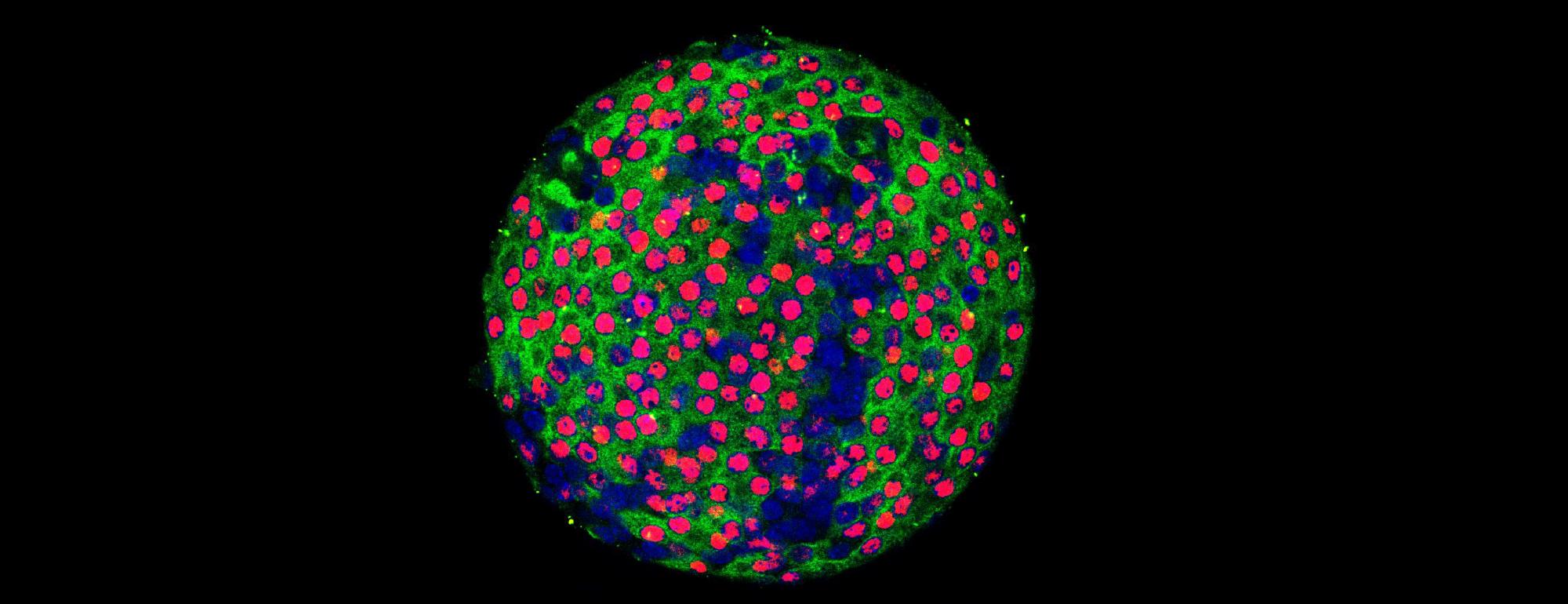Research
Mapping the circuitry of the pancreatic beta cell
We are interested in the pancreatic beta cell – a cell whose relative or absolute deficiency results in either type 2 or type 1 diabetes mellitus. These cells are uniquely adapted to produce insulin and also to secrete it in a timely manner. In type 1 diabetes, state of the art insulin pumps and continuous glucose monitors are still poor substitutes for the beta cell in terms of blood sugar control, comfort and convenience. In type 2 diabetes, beta dysfunction is not well treated by current medical treatments (including exogenous insulin) as progressive increases in blood sugar are the rule.
To replace beta cells and/or improve beta cell function, we propose that understanding the molecular circuitry of the beta cell is crucial. After all, one cannot fix or build a machine without a blueprint. While some players are well known, we propose that there are many more genes involved in the complex process of insulin production and secretion and that these may represent novel avenues for therapeutic intervention in diabetes. Using whole genome RNA interference screens, we have identified many novel regulators of the insulin promoter and we are studying these novel components of the beta cell insulin production circuit in mouse models.








